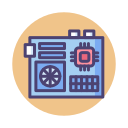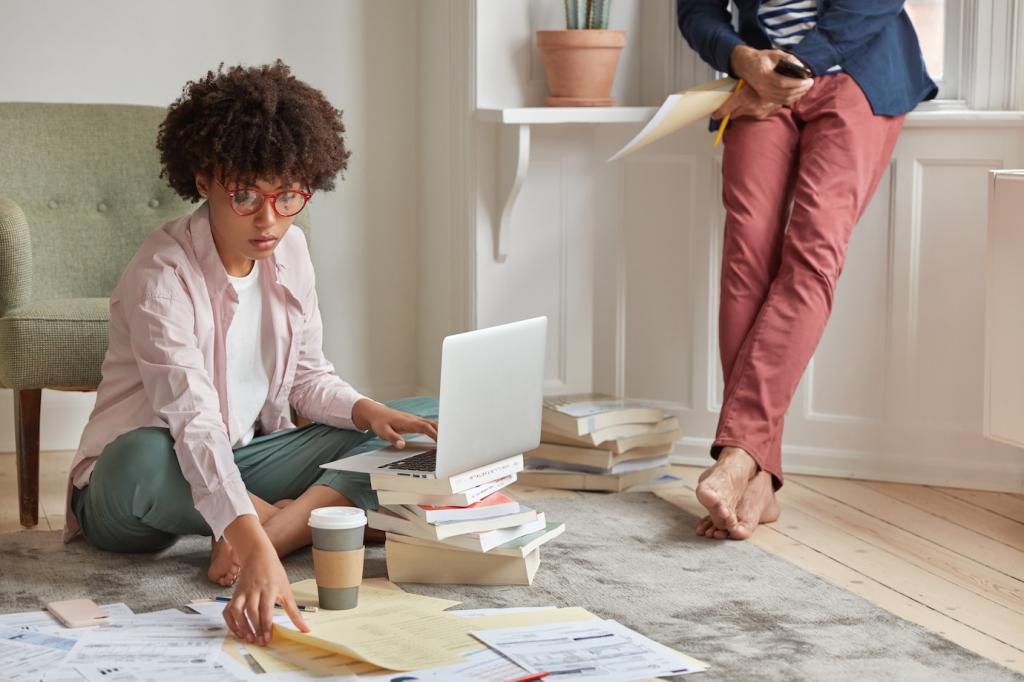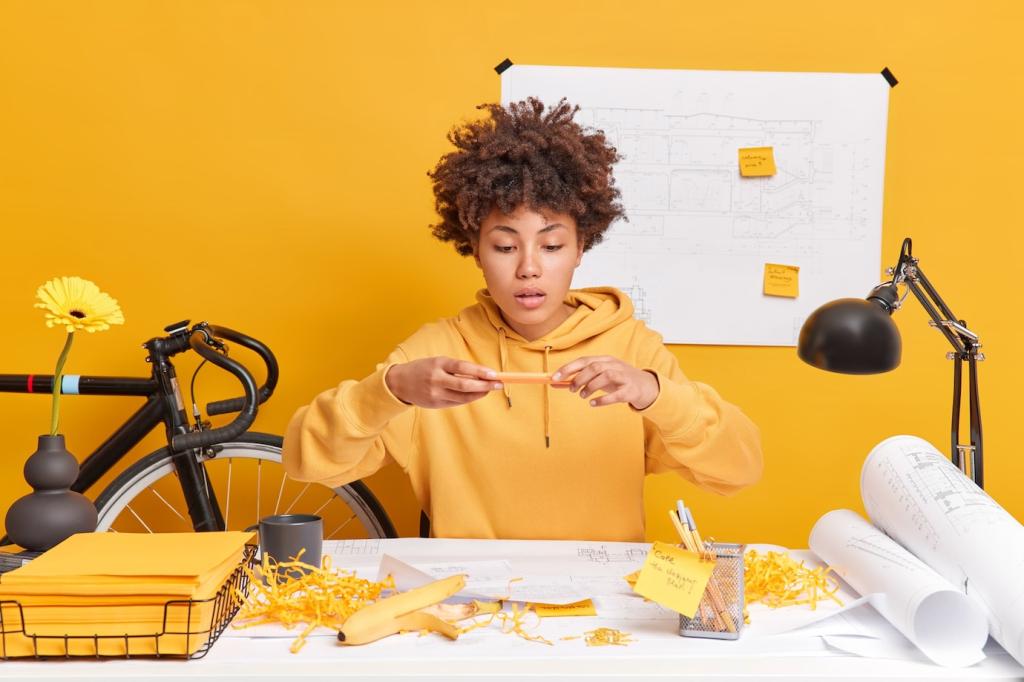Projects 7–8: Ultrasonic Distance Meter and Parking Sensor
Trigger the ultrasonic pulse, read the echo duration, then convert microseconds to centimeters using speed of sound. Display readings on Serial or LEDs. Stable power and tidy wires dramatically improve accuracy.
Projects 7–8: Ultrasonic Distance Meter and Parking Sensor
Map distance to buzzer frequency and an LED bar. Add basic smoothing with a rolling average to tame jitter. Mount the sensor at bumper height; you will be surprised how polished it feels for a beginner build.
Projects 7–8: Ultrasonic Distance Meter and Parking Sensor
Try measuring soft fabrics versus walls to see how surfaces affect readings. Share your best mounting angles and code tweaks, and help others dial in performance for their unique setups.





